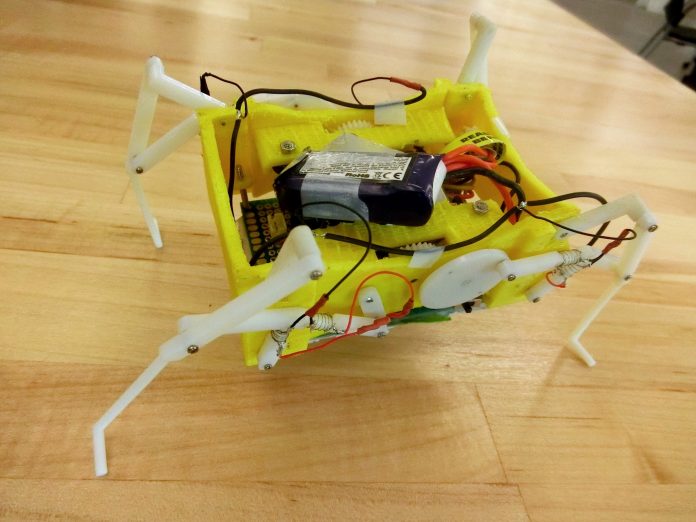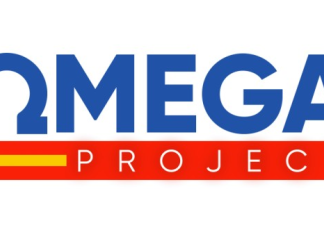Roboticists at the Colorado State University have developed a multimodal robot that can melt and solidify its bones to adapt to different walking motions.
The research is important since it allows the nearly instant optimization of the walking system of a robot without the time-consuming process of having to do it manually. Previously, altering the movement of a robot involved improvising a way to combine different modalities into a single robot.
The new Colorado State University project allows robots to change the way they walk by melting and solidifying their “bones” as necessary, in a way that mimics the formation of bones and joints in the human anatomy.
Restructured Joints With No Energy Costs
The robot’s joints are made of PLA (polylactic acid) which can be heated through a set of wires whenever necessary. Held together by silicone, the PLA joints can thus take any shape within less than ten seconds – and most importantly, hold that shape without any energy consumption.

In an interview for IEEE Spectrum, Jianguo Zhao, director of the Adaptive Robotics Lab at Colorado State University, says: “For our reconfiguration method, robots can morph to another configuration and hold that new configuration without any energy consumption. Even though an animal can achieve new configurations, it’s impossible for it to hold that configuration without any energy consumption. For example, a bird can span its wings during gliding, but it needs to actively actuate its muscle to maintain the wing shape.”
Potential Applications
The new heat-based system has a variety of potential applications in robotics.
According to Zhao, “[…] our technique can be applied to many other robots, especially robots for locomotion. For locomotion in the same medium (on land, in the water, or in the air), robots can morph their shape to travel more efficiently. For example, walking robots can change their gaits to accommodate different conditions. Flying robots can morph the shape of their wings to cope with diverse aerodynamic situations.”
“Our technique can also potentially endow robots to travel in different mediums to achieve multimodal locomotion. For instance, an amphibious robot can morph its forelimbs to be more suitable for walking on land or for swimming in the water”, he says.
In the same IEEE Spectrum interview, Zhao states that future research will focus on reducing the time needed to morph the locomotion system, and trying to implement the same system for different types of locomotion, such as swimming and flying.
More information can be found at https://spectrum.ieee.org/automaton/robotics/robotics-hardware/robot-melts-its-bones-to-change-how-it-walks.






























